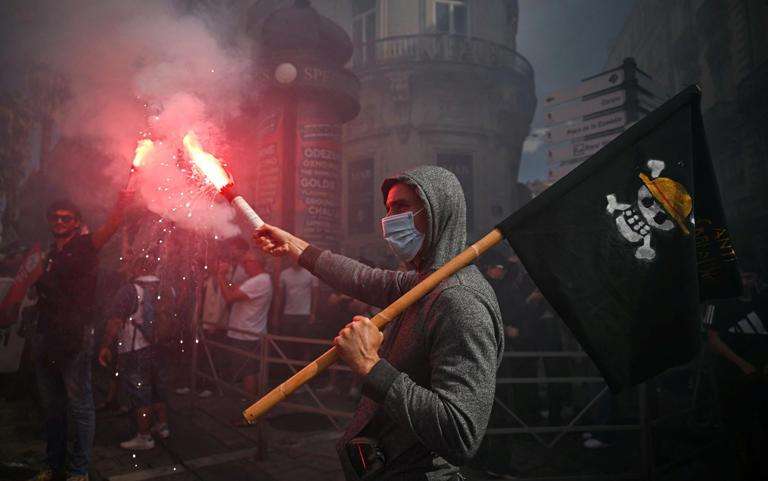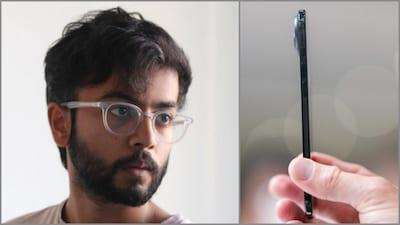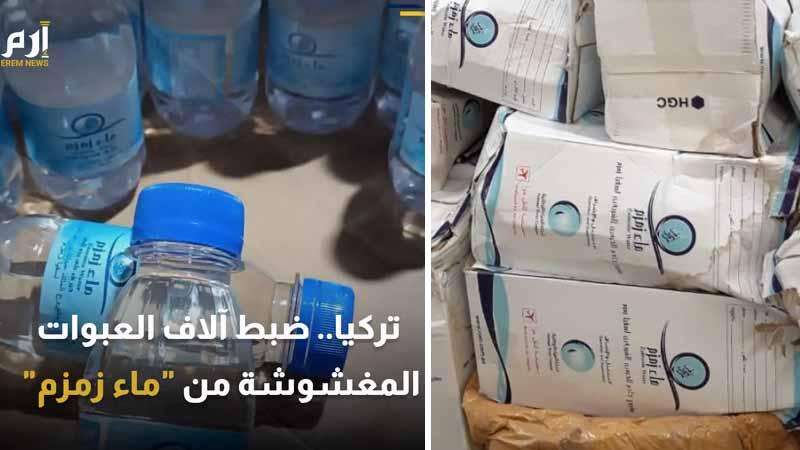Preliminary investigations into the incident have revealed that a man who was accused of selling fake Zamzam water had accumulated millions of Turkish lira.
According to local media, the scam, which manufactured and marketed counterfeit Zamzam water in Turkey, brought in over 90 million lira ($2.5 million).
According to investigations, the operation made about 600,000 lira ($22,000) a day by producing 20 tonnes of bogus Zamzam water.
During interrogation, the suspect, Bilal, acknowledged that he had been operating the plan for roughly five months, making close to $2.5 million in profit.
Additionally, he acknowledged that his warehouse in Adana, southern Turkey, supplied the majority of the Zamzam water sold throughout Turkey, including Istanbul.
15 tonnes (15,000 litres) of regular tap water were found in containers with fake labels purporting to be authentic Zamzam water from Saudi Arabia when authorities raided the business.

_7.jpg)

_8.jpg)




.svg)

